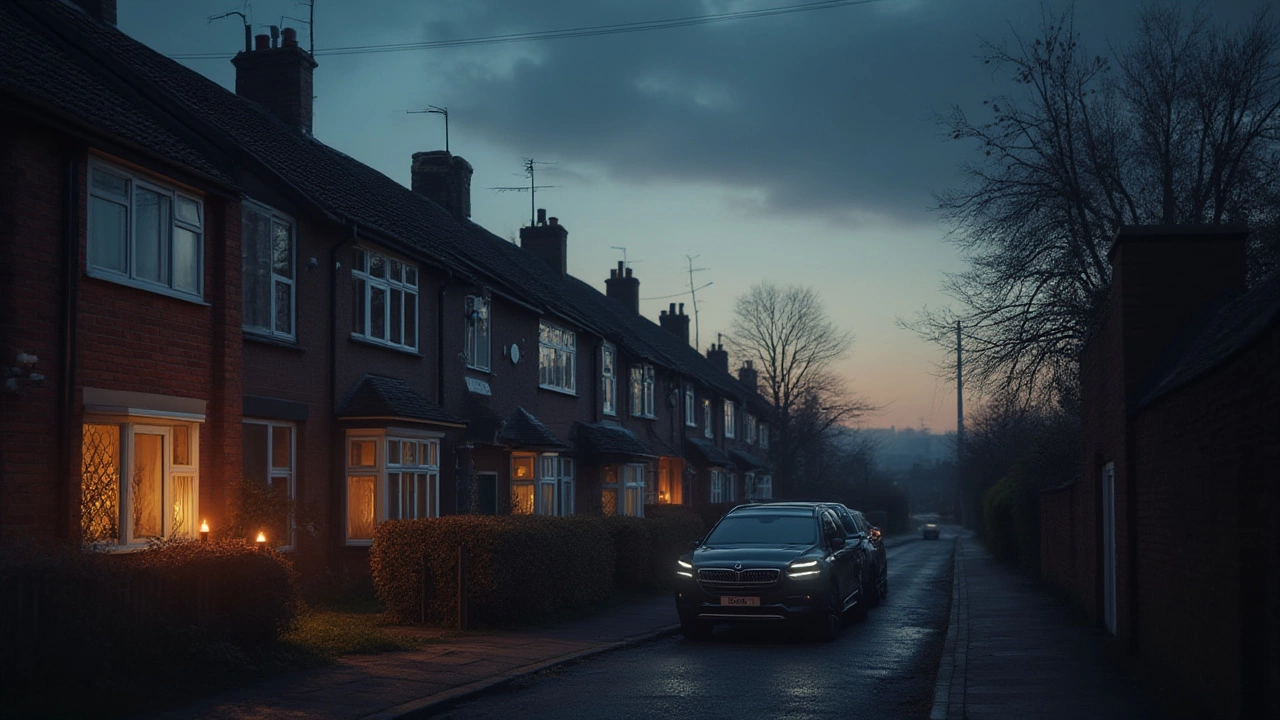If you’ve just set up a security camera or are thinking about adding one, the biggest question is — how do you actually record and keep the video? It sounds simple, but the right method depends on where the camera sits, what you need to see, and how you want to watch it later. In this guide we’ll break down the basics: picking a recording style, choosing storage, and getting your footage when you need it.
Most modern cameras give you three options: local SD‑card storage, cloud recording, or a hybrid of both. An SD card is cheap and works even if the internet drops, but you have to swap it out or connect the camera to a PC to pull the files. Cloud services store everything on remote servers, so you can view live or saved video from any device, but they usually need a subscription.
For most homeowners, a hybrid works best. Record to an SD card for everyday backup, and enable cloud uploads for motion events that matter. That way you won’t lose all footage if your internet goes down, and you still have quick access to the key clips.
Night‑vision cameras add another layer. They use infrared LEDs to light the scene, but the video can look grainy if you try to store too much at low resolution. Set the camera to record at a slightly higher bitrate only when motion is detected at night. That keeps the file size reasonable while still giving clear footage of any intruder.
Once you have video saved, you need an easy way to find the right clip. Most apps let you filter by date, time, and motion‑triggered events. Take advantage of tags or folders if the system supports them – label “Front Door” or “Garden” so you can jump straight to the area you’re checking.
If you use cloud storage, set up alerts on your phone. A push notification when motion is detected means you can watch live or pull the clip within seconds. For local storage, many cameras support a direct link to a mobile app that reads the SD card over Wi‑Fi, so you don’t have to remove the card at all.
Security of the footage itself matters. Use a strong password on the camera’s web interface and enable two‑factor authentication if the app offers it. This stops strangers from hacking into your feed and stealing or deleting video.
Finally, think about how long you need to keep the recordings. Laws in the UK typically allow you to store footage for up to 30 days for private homes. If you have a subscription, you can often extend this to 60 days or more. Delete old files regularly to free up space and stay compliant.
Putting it all together, start with a camera that offers both SD‑card and cloud options, set motion‑activated night‑vision recordings, and use the app’s filters and alerts to stay on top of what matters. With these steps you’ll have clear, searchable footage ready whenever you need it, without paying for endless storage or worrying about outages.

Do CCTV cameras record without electricity? Uncover facts on power outages, backup options, and how to keep your cameras running when the grid goes dark.